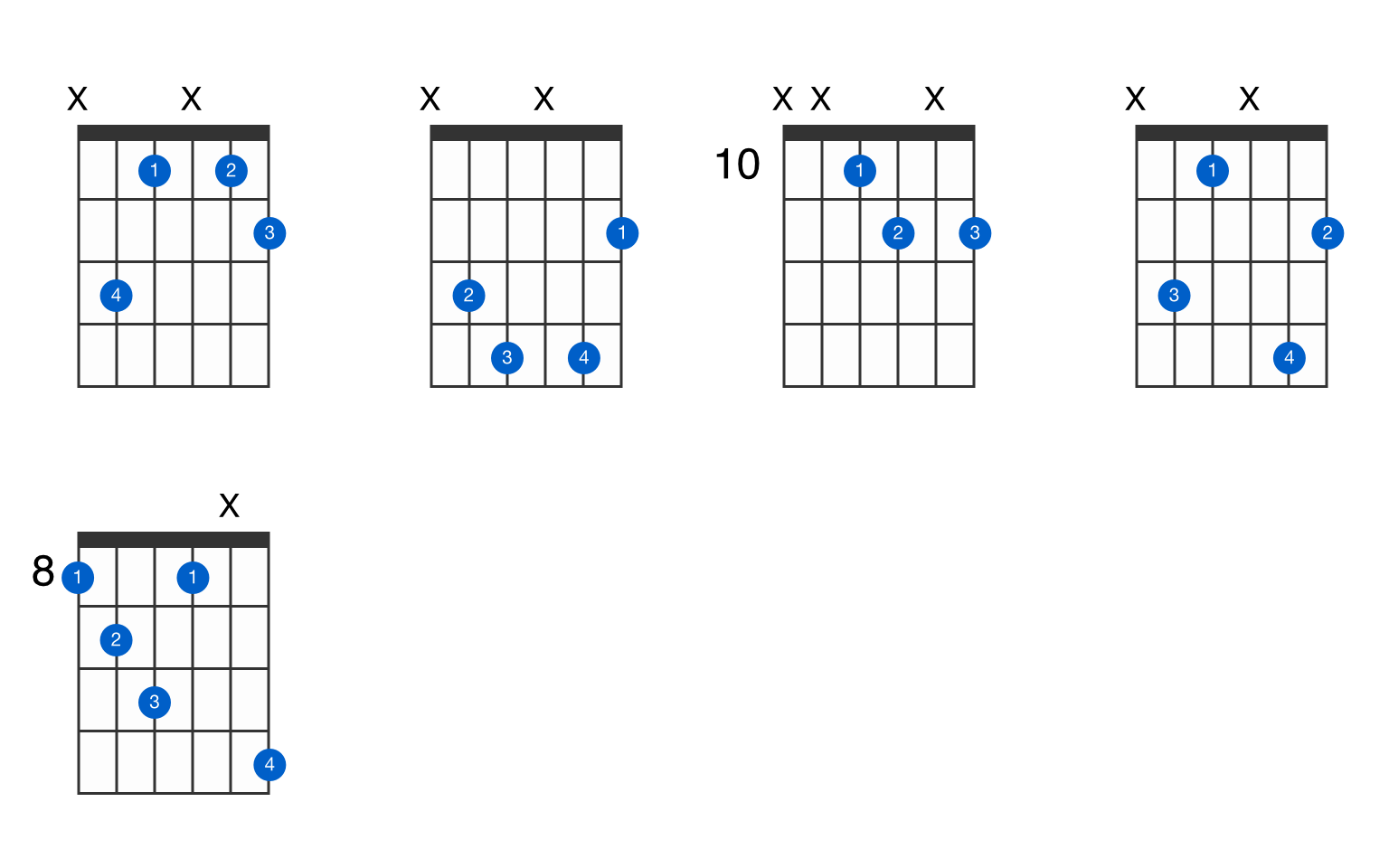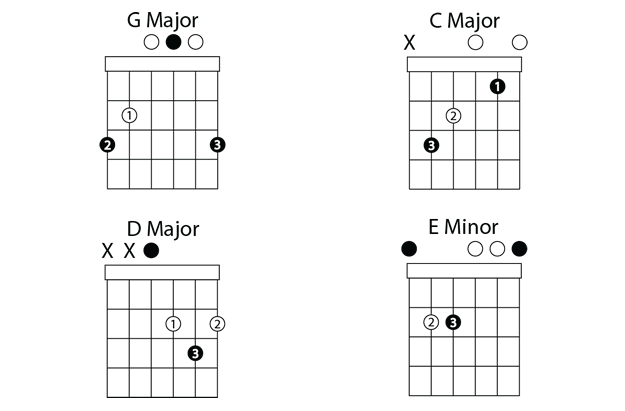
Ohoh, now we need to flatten the 3 rd AND the 5 th, since neither the A# or the C# are on the G major scale. This gives us the notes E, G and B, which is the E minor triad, therefore the sixth chord in the key of G is E minor. We have to lower the 3 rd to the flattened 3 rd. We get the notes D F# and A, which is the D major triad, therefore the fifth chord in the key of G is D major.Īgain, we need to modify our 3 rd note, which would be a G#, since that note is not in the key of G. We get the notes C, E and G, which is the C major triad, therefore the fourth chord in the key of G is C major.Īgain, the 1 st, 3 rd and 5 th of the D major scale are in the key of G, so we don’t need to modify any of the notes. This time we’re in luck, the 1 st, 3 rd and 5 th of the C major scale are in the key of G, so we don’t need to modify any of the notes. This gives us the notes B, D and F#, which is the B minor triad, therefore the third chord in the key of G is B minor. So our 3 rd note would be a D#, but we can’t have that, since that note is not in the key of G. All of these notes are on the G major scale as well, therefore the second chord in the key of G is A minor. This gives us the notes A, C and E, which is the A minor triad. So our 3 rd note for would be a C#, but we can’t have that, since that note is not in the key of G major (not on the G major scale). This gives us the notes G, B and D, which is the G major triad, therefore the first chord in the key of G is G major. Now let’s calculate the quality of each chord in the key of G. Diminished triads (diminished chords) with scale degrees 1 b3 b5.Minor triad (minor chords) with scale degrees 1 b3 5.Major triad (major chords) with scale degrees 1 3 5.We than compare these notes with the notes of the G major scale, and if any single note is not in our key, we’ll have to flatten it to make it a note that can be found on the G major scale.Īgain, the key of G is nice and easy to work with by the way, since it only has 1 accidental, the F#. This means that starting from each root note, we’ll count out the 1 st 3 rd and 5 th degrees along the major scale of that given root note. The G major scale has 7 notes, each with a corresponding scale degree:īut how do we know which chord will be major or minor? Starting from a given root note, we need to form its triad in a way which leaves the chord constructed only from notes that can be found on the G major scale. (Make sure you know the major scale on guitar before continuing.) The chords in G will root on the notes along the G major scale, since all chords in a major key are formed by notes from their respective diatonic scale. Why are these the chords in the key of G major? (the theory)


Here are some popular chord progressions in G which you can start playing right away. For this reason, you'll use it very often for everything from blues to pop.

The key of G is a very popular key, since it only has one accidental, the F#.

I = major, ii = minor, iii = minor, IV = major, V = major, vi = minor, vii = diminished Popular chord progressions in the key of G TIP: The chords of any major key will always have the following major-minor pattern:


 0 kommentar(er)
0 kommentar(er)
